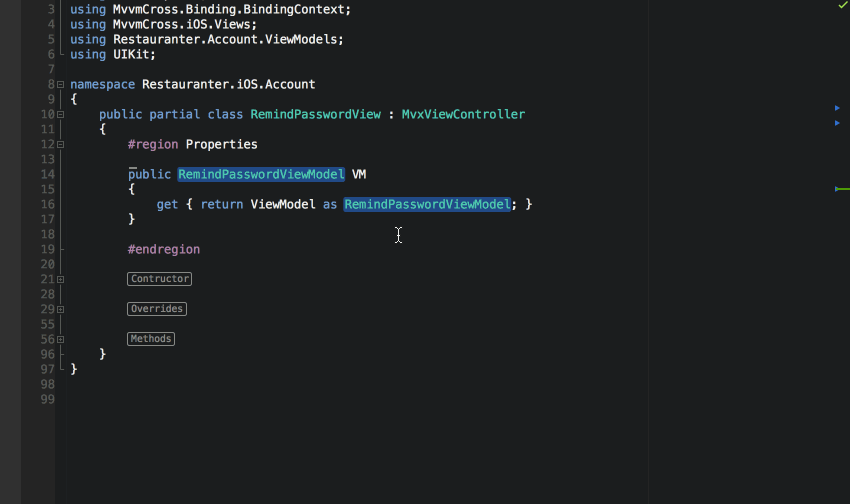Elsa Nvidia Quadro4000 Ssd For Mac


Nvidia 4000 Quadro

By the way, don't be sad because of the very low geometry numbers!;-) They might mean very little in a practical context because of the very high number of polygons being drawn. If you open the scenes' sub-patches and change them, the performance will certainly quickly ramp up. In geometry1: change the dim of the jit.gl.gridshape to something like 24 24; also change the number of instances of jit.gl.multiple being drawn by changing the dim of jit.noise. In geometry2: change the dim of the jit.gl.gridshapes from 320 320 to something less extreme. Good points, Jan.
I agree with your that the results should be located in Cycling'74 website, so I guess the Wiki should be the best solution. But before someone starts gathering info in the Wiki, I think it would be useful to improve the benchmark to a more definitive status. For example, given the discrepancies in the results, I think it would be useful to have a baseline value based on a more conventional machine, that better represents the majority of Max/Jitter users. From the results up until now, it seems to be a MacBook Pro with a discrete graphics card (Nvidia or AMD). Any thoughts? @DTR: In my experience, Max 7 is performing exactly the same as Max 6. I guess the substantial performance improvements in Jitter are solely related to video performance (better use of the GPU in the video decoding department).
But I would like to know if the 'Jitter world' (not to be confused with jit.world!) is still being processed in the main (low-priority) thread, sharing resources with, for instance UI drawing and other stuff, and if it's possible to make use of multiple processors with Jitter (multi-threading). But perhaps this is a question for another post, I'll open a new topic for this. It's funny, I was just going to post something related to what Rob Ramirez wrote (welcome to the thread, Rob!). When I wrote the original patch, I noticed discrepancies between using the fixed-function OpenGL pipeline and the current programmable pipeline (using shaders).
For instance, in the GPU Geometry Test 1 (using jit.gl.multiple), with my AMD Radeon HD 4870, the results were something like: fixed-function pipeline (plain OpenGL material): 100 fps programmable pipeline (using shaders - jit.gl.material): 68 fps So I thought that the standard OpenGL implementation would always be quicker.